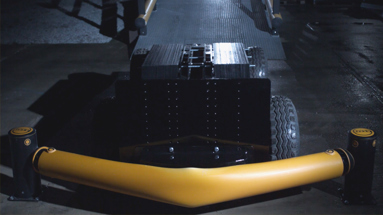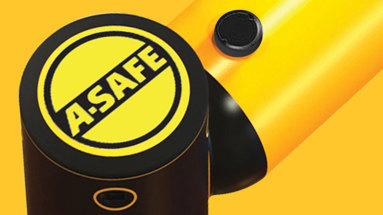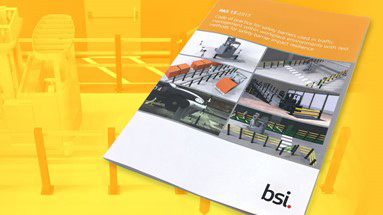PIONEERING WORKPLACE SAFETY
Rendi i tuoi luoghi di lavoro più sicuri
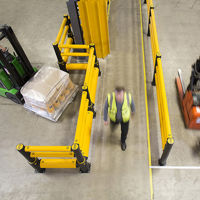
Protezioni per pedoni
Le protezioni antiurto pedonali A-SAFE permettono di ridurre il rischio di incidenti e di aumentare il livello di sicurezza per il personale.
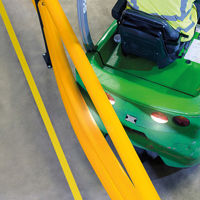
Minori costi operativi
Riduci i costi di manutenzione, riparazioni, sostituzioni e tempi di fermo grazie alle nostre barriere elastiche che non si corrodono, non arrugginiscono o sbiadiscono e non hanno necessità di essere riverniciate.
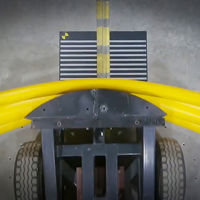
Protezioni antiurto testate e certificate
Le nostre barriere di sicurezza vengono testate e certificate in modo indipendente da enti certificatori riconosciuti globalmente in modo da poter essere certi delle prestazioni dei nostri prodotti.
A-SAFE Tour virtuale
Contatta oggi i nostri esperti di sicurezza per una consulenza gratuita e senza impegno
Trova la protezione antiurto adatta alle tue necessità
Le più grandi aziende del mondo hanno scelto le nostre protezioni
Leggi i nostri case study e scopri perchè i più grandi marchi e gli stabilimenti industriali più trafficati si affidano ai prodotti A-SAFE per garantire la sicurezza del personale, la protezione delle risorse e l'efficienza dei luoghi di lavoro.
Case Study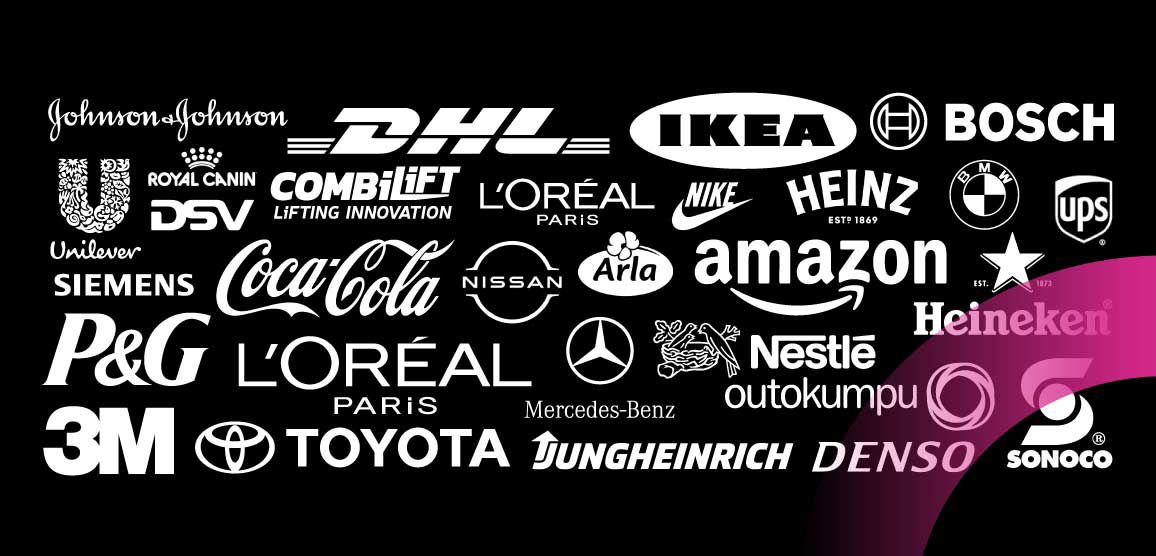
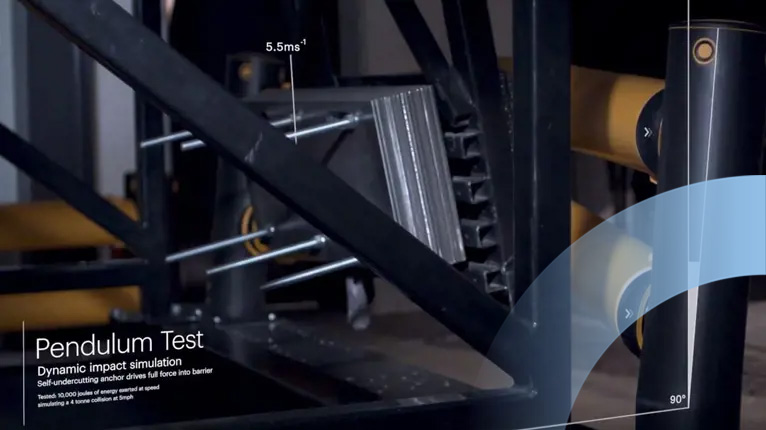
Le barriere A-SAFE sono le più testate al mondo, guardale in azione!
Guarda tutti i nostri testBarriere di sicurezza testate e certificate
Le barriere A-SAFE sono le più testate al mondo. Le nostre strutture di prova sono certificate in modo indipendente dall'ente di certificazione TÜV Nord.
Contatta oggi i nostri esperti di sicurezza per una consulenza gratuita e senza impegno
Perchè scegliere A-SAFE?
Scopri A-SAFE
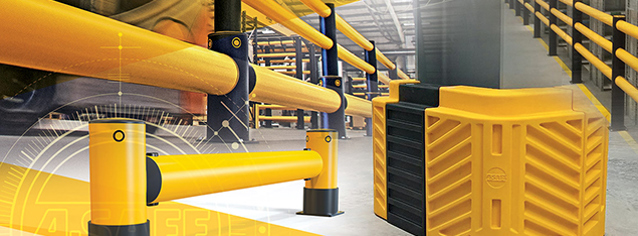
Contatta oggi i nostri esperti di sicurezza per una consulenza gratuita e senza impegno
Contatta oggi i nostri esperti di sicurezza per una consulenza gratuita e senza impegno
Contact our safety experts today for your free, no-obligation consultation


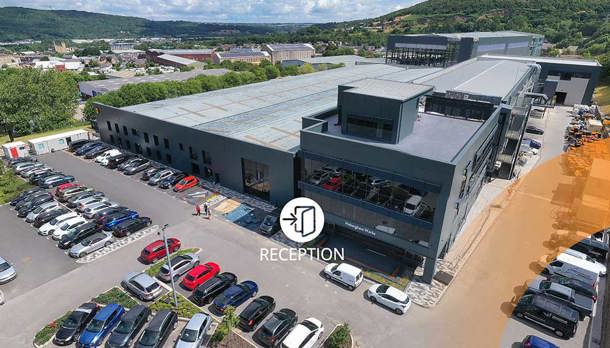






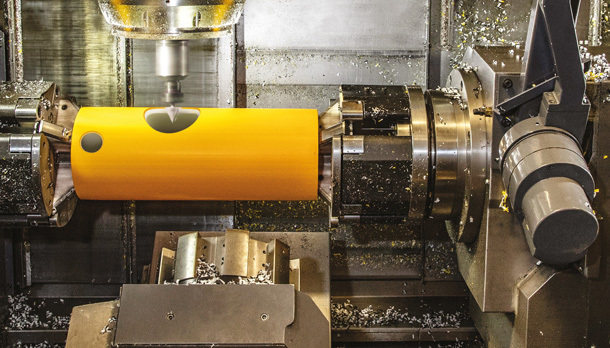
)
)
)
)
)
)
)
)
)
)
)







